Table of Contents
Discover everything about best supermarkets in Turkey with our Ultimate Guide! Uncover secrets, save big, and shop smartly. Visit now, don’t miss out!
Welcome to the bustling world of supermarkets in Turkey! A world where the aroma of fresh produce, the sight of neatly stacked shelves, and the hum of busy shoppers form a symphony of daily life. In this comprehensive guide, we’ll explore the unique aspects of shopping in Turkey, delving into the history, offerings, and operations of the country’s major supermarkets.
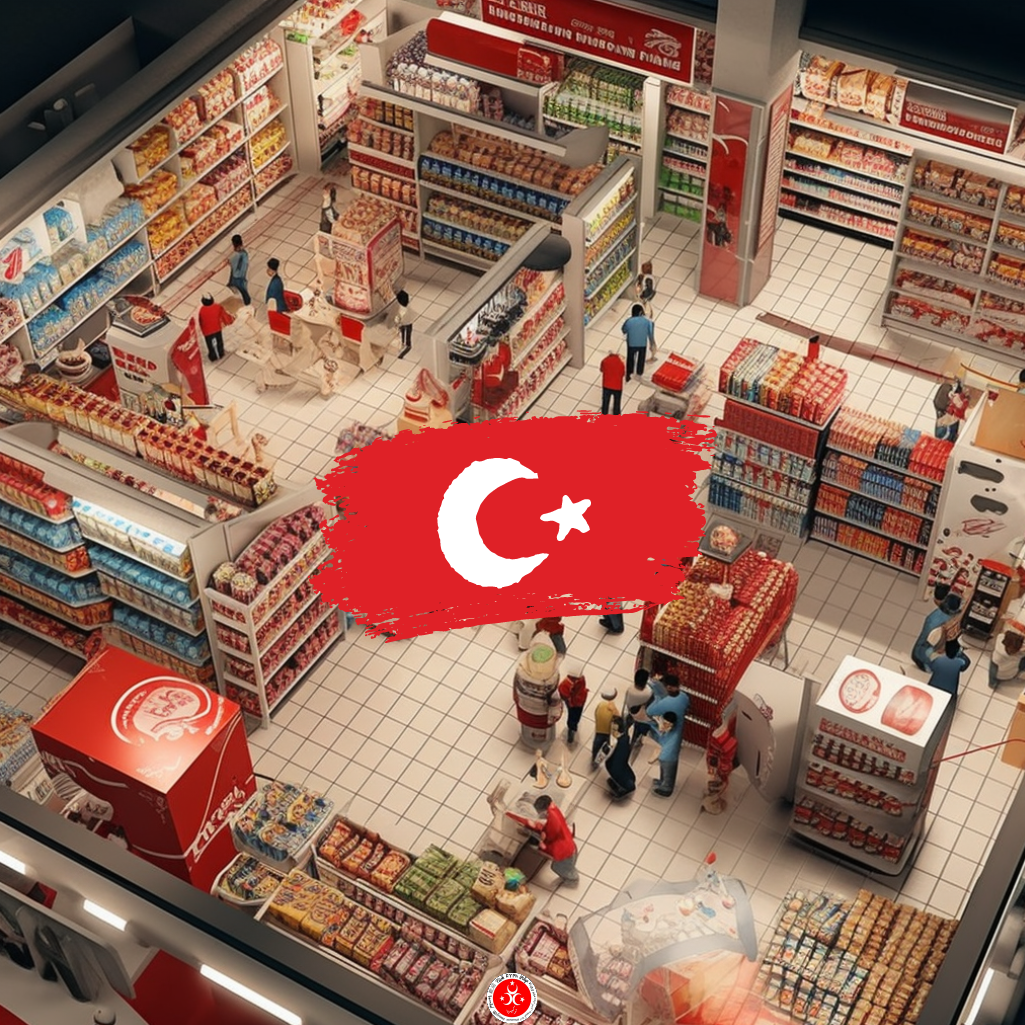
Overview of Turkish Supermarkets
Turkey boasts a diverse range of supermarkets, each offering a unique shopping experience. The major players in the market include Bim, A101, Şok, CarrefourSA, Migros, and Macro Center. Each of these supermarkets has carved a niche for itself in the Turkish market, catering to the varied needs of the Turkish populace.
Best 6 Supermarkets in Turkey
Bim: The Budget-Friendly Powerhouse
Bim, first opened in 1995, has become a household name in Turkey. Its business model revolves around offering quality goods at affordable prices. With over 10,000 stores, Bim holds the largest market share among Turkish supermarkets. Its popularity stems from its budget-friendly approach and its focus on customer satisfaction.
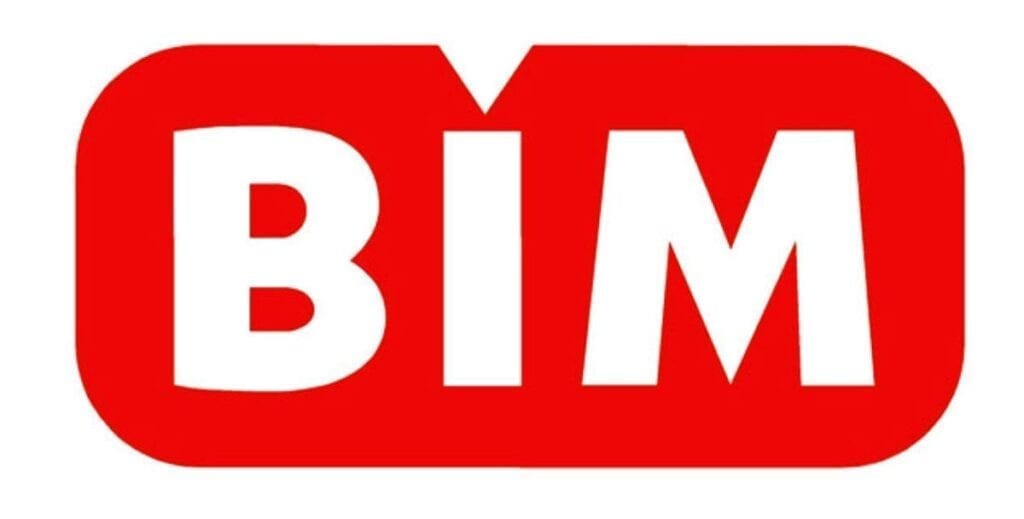
A101: The Diverse Competitor
A101, with its 11,000 stores across Turkey, is a strong competitor of Bim. Unlike Bim, A101 offers a diverse range of products, including well-known brands. This supermarket prides itself on its commitment to social practices, employing the most women and disabled people in Turkey.
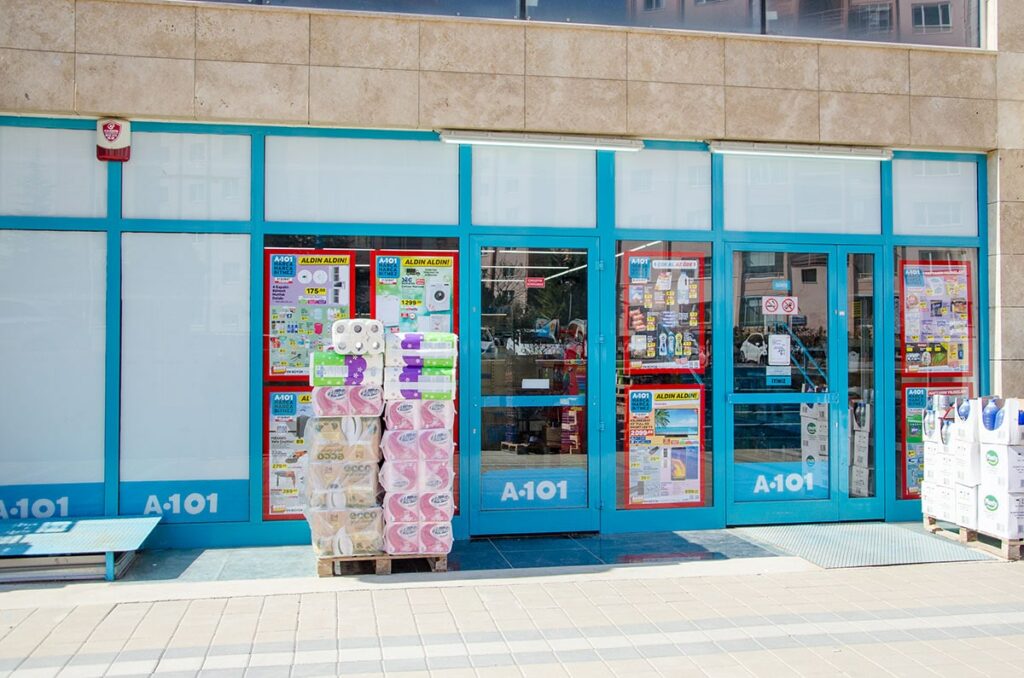
Şok: The Customer-Centric Retailer
Şok, another popular supermarket chain in Turkey, is known for its customer-centric approach. Its stores are designed to provide a pleasant shopping experience, with a well-organized layout and special offers that cater to the needs of its customers.
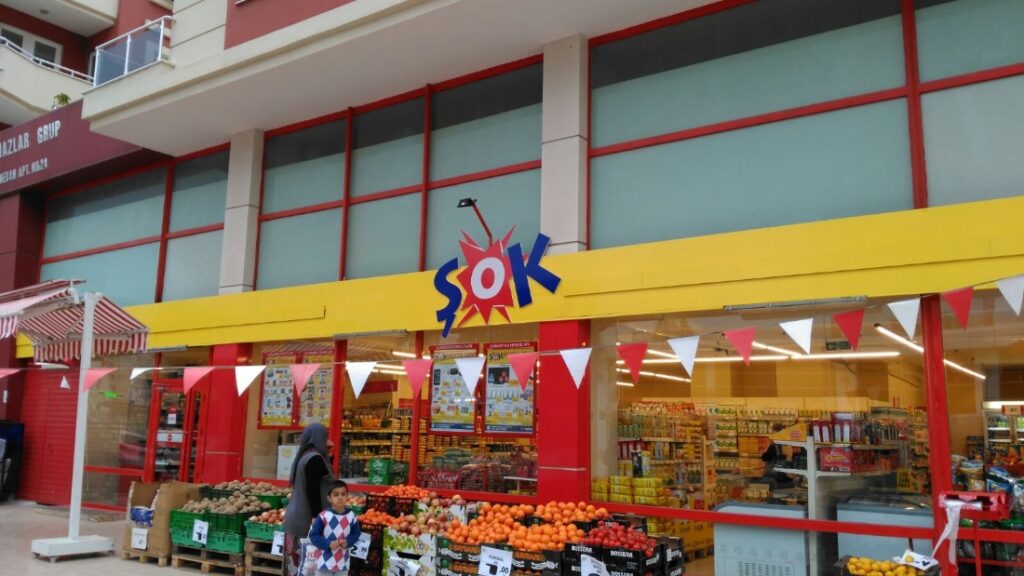
CarrefourSA: The International Market
CarrefourSA, a supermarket that first opened in 1996, has branches in most Turkish cities, and the store’s capacity varies according to the neighborhood and city, from a huge Carrefour hypermarket to Carrefour Mini that contains basic food products.
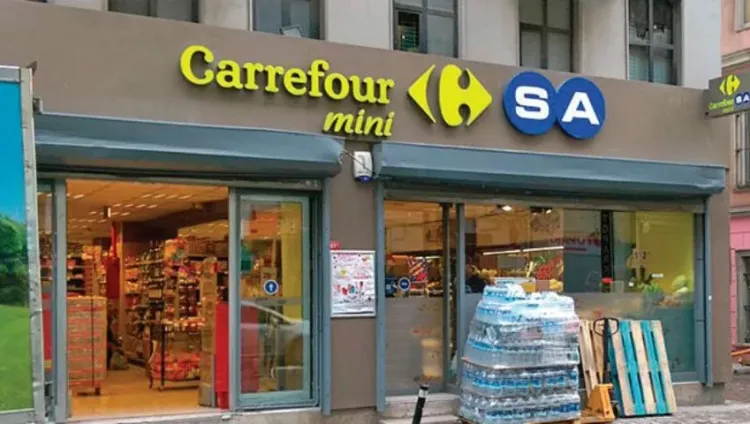
Migros: The Versatile Giant
Migros, one of Turkey’s most prominent supermarket chains, serves approximately 160 million grocery shoppers every year. With various brands under its name, Migros offers a wide range of products, from groceries to non-food items. Its loyalty card scheme is enjoyed by roughly 7 million people, further cementing its place in the Turkish economy.

Macro Center: The Premium Experience
Macro Center, a sub-branch of Migros, offers a premium shopping experience. With its high-quality products and elegant interior design, Macro Center caters to the upper customer segment. It’s the place to go for exotic fruits, vegetables, and other items you wouldn’t find in ordinary supermarkets.
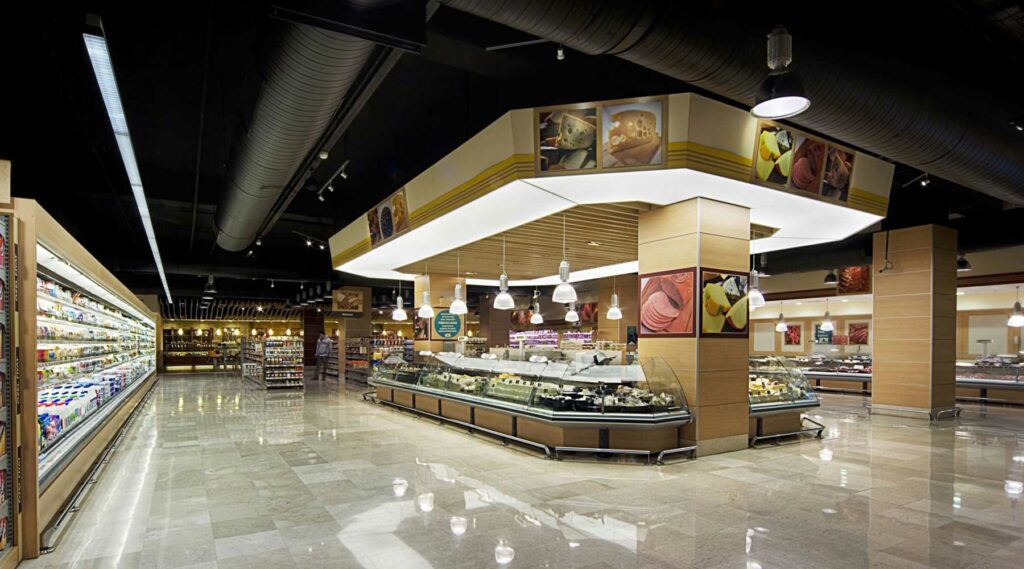
Comparison of Turkish Supermarkets
| Supermarket | Price Range | Product Range | Customer Service | Online Shopping Experience |
|---|---|---|---|---|
| Bim | Low | Limited | Good | Basic |
| A101 | Low | Diverse | Good | Good |
| Şok | Low | Moderate | Excellent | Good |
| CarrefourSA | Medium | Wide | Excellent | Excellent |
| Migros | Medium | Wide | Excellent | Excellent |
| Macro Center | High | Premium | Excellent | Excellent |
This table provides a quick comparison of the supermarkets based on various factors. It can help you choose the supermarket that best suits your needs.
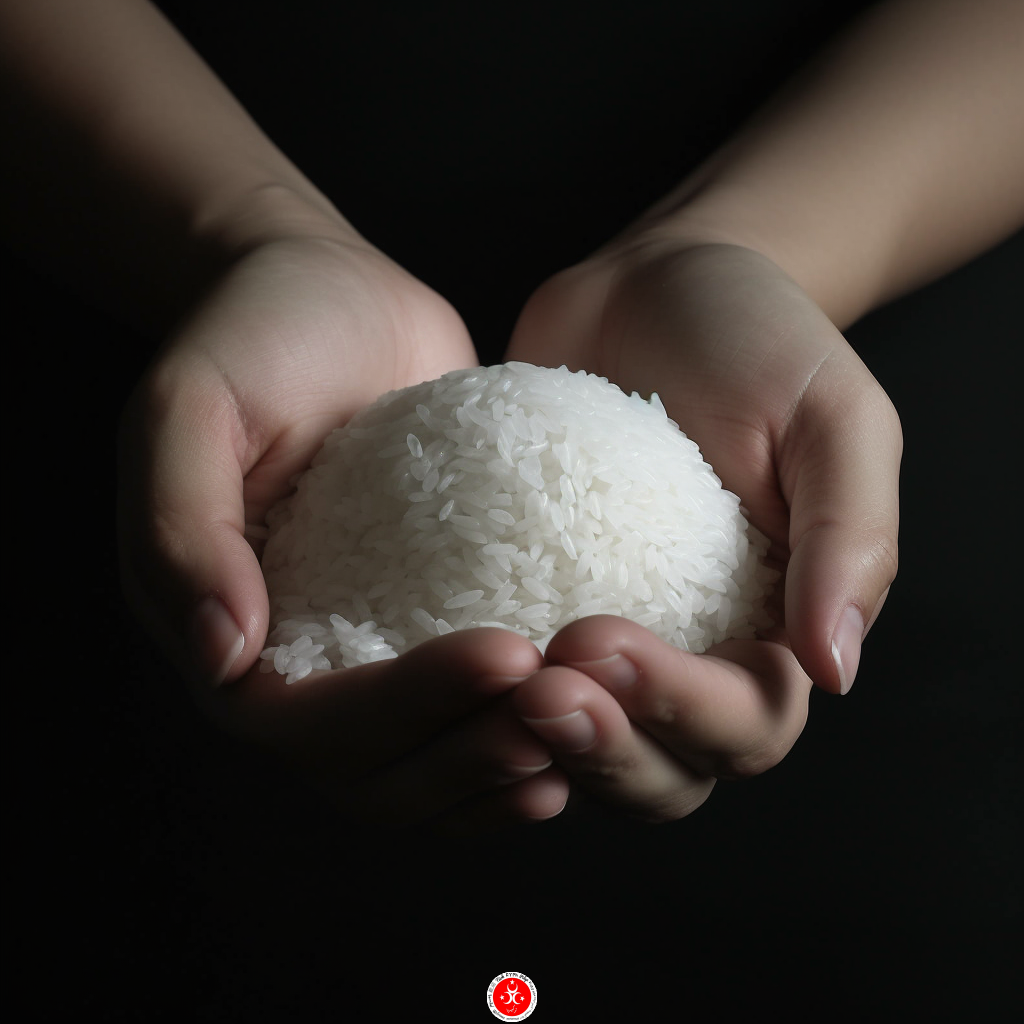
Helpful Turkish Words for Supermarket Shopping
When shopping in Turkey, knowing a few key Turkish words and phrases can make your experience much smoother. Here are some essential words you might find useful:
- Atıştırmalık: Snack
- Alışveriş arabası: Shopping cart
- Alışveriş: Shopping
- İndirim: Sale
- Fiyat: Price
- Poşet: Plastic bag
- Kupon: Coupon
- Koridor: Aisle
These words can help you navigate the supermarket and understand what you’re buying. For example, if you see a sign that says “İndirim,” you’ll know that there’s a sale going on!
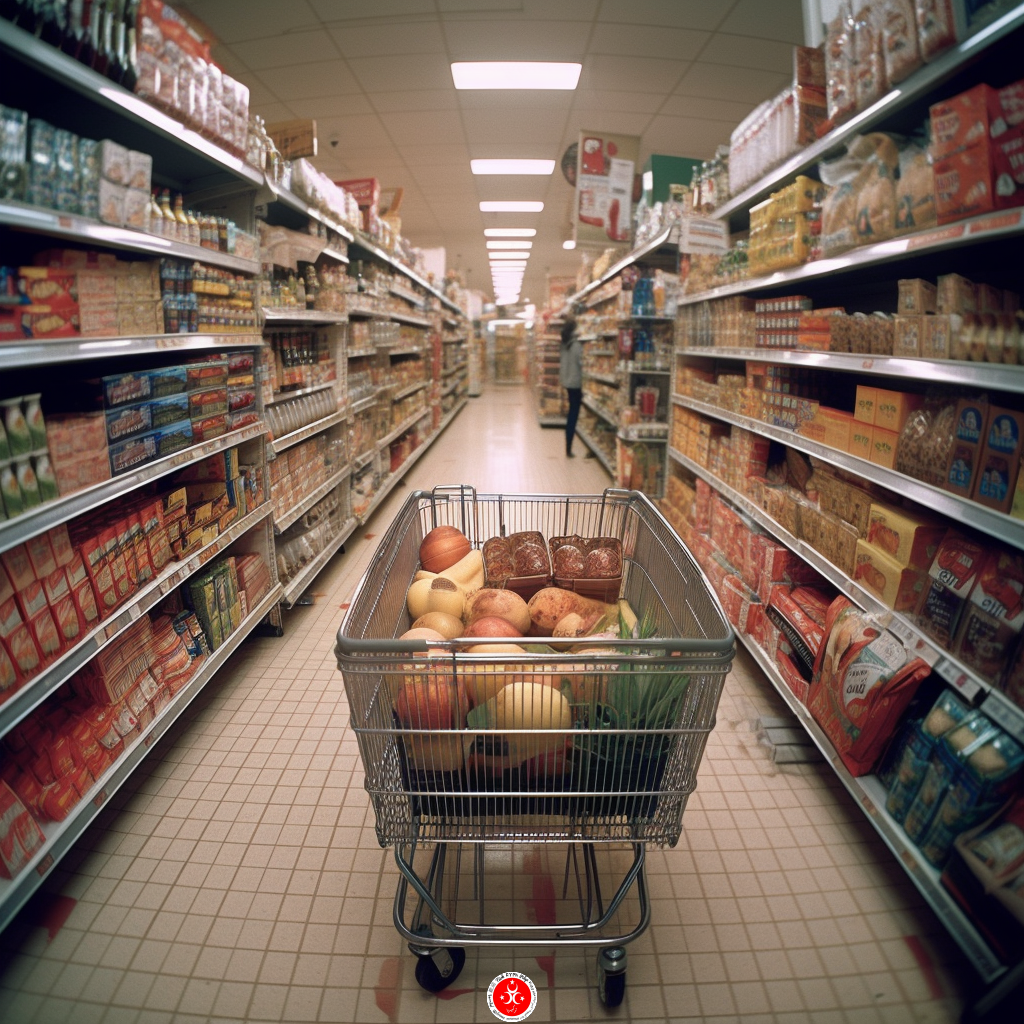
Popular Grocery Items in Turkey
When shopping in Turkish supermarkets, you’ll find a wide range of products. Some of the most popular items include fresh fruits and vegetables, dairy products, meat, and poultry. Turkish supermarkets also offer a variety of local products, such as Turkish delight, baklava, olives, and Turkish coffee. You’ll also find a wide range of international products, so you can find almost anything you’re looking for.
– Bread (Ekmek)
– Rice (Pirinç)
– Lentils (Mercimek)
– Bulgur (Bulgur)
– Chickpeas (Nohut)
– Tomatoes (Domates)
– Cucumbers (Salatalık)
– Peppers (Biber)
– Onions (Soğan)
– Garlic (Sarımsak)
– Potatoes (Patates)
– Apples (Elma)
– Oranges (Portakal)
– Grapes (Üzüm)
– Watermelon (Karpuz)
– Cheese (Peynir)
– Yogurt (Yoğurt)
– Olive oil (Zeytinyağı)
– Tea (Çay)
– Coffee (Kahve)
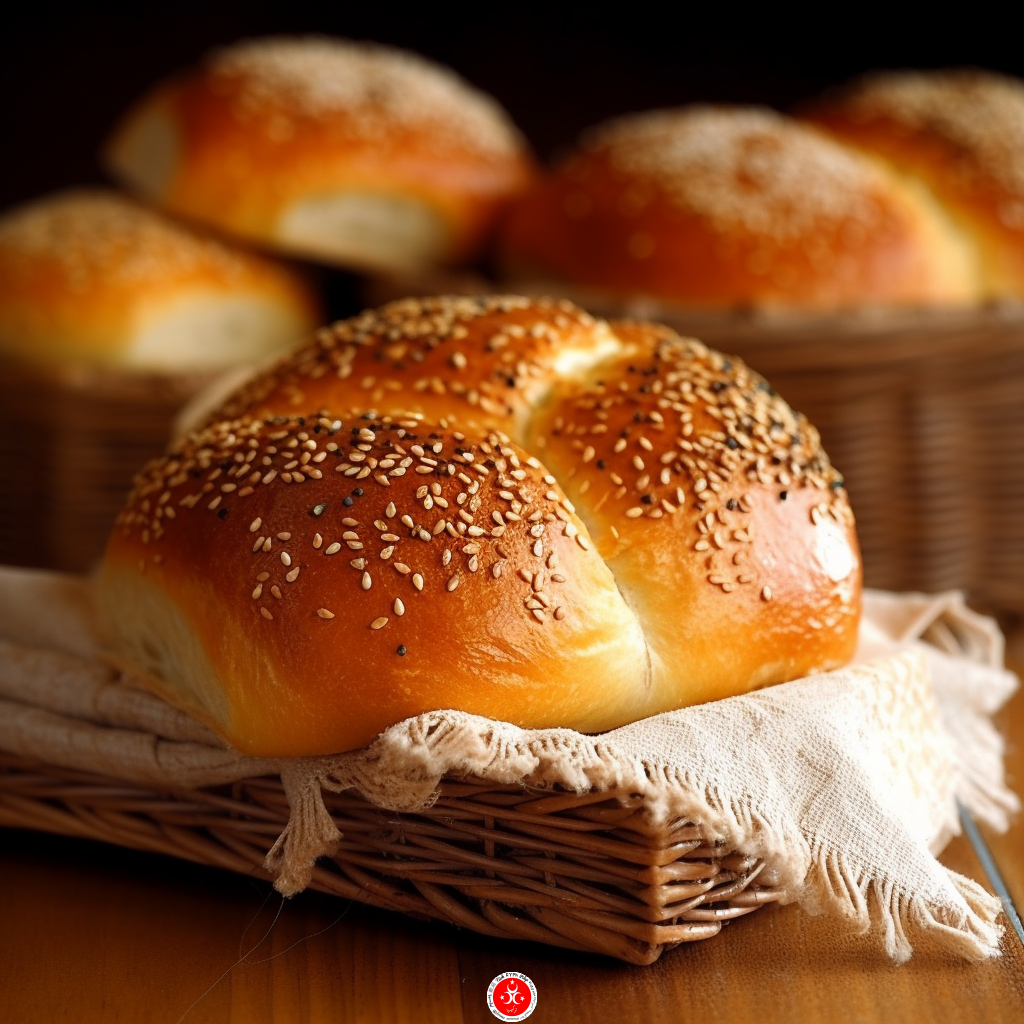
How to Save Money While Grocery Shopping in Turkey
Grocery shopping in Turkey can be quite affordable if you know some money-saving tips. Here are a few:
- Shop during sales seasons: Many supermarkets have sales seasons where you can get significant discounts on various products.
- Use coupons: Some supermarkets offer coupons that can help you save money.
- Buy in bulk: Buying in bulk can be cheaper than buying individual items, especially for non-perishable items.
- Shop at local markets: Local markets often have fresh produce at lower prices than supermarkets.
Remember, the key to saving money while grocery shopping is to plan ahead and shop smartly. With these tips, you can make your grocery shopping in Turkey both enjoyable and affordable.
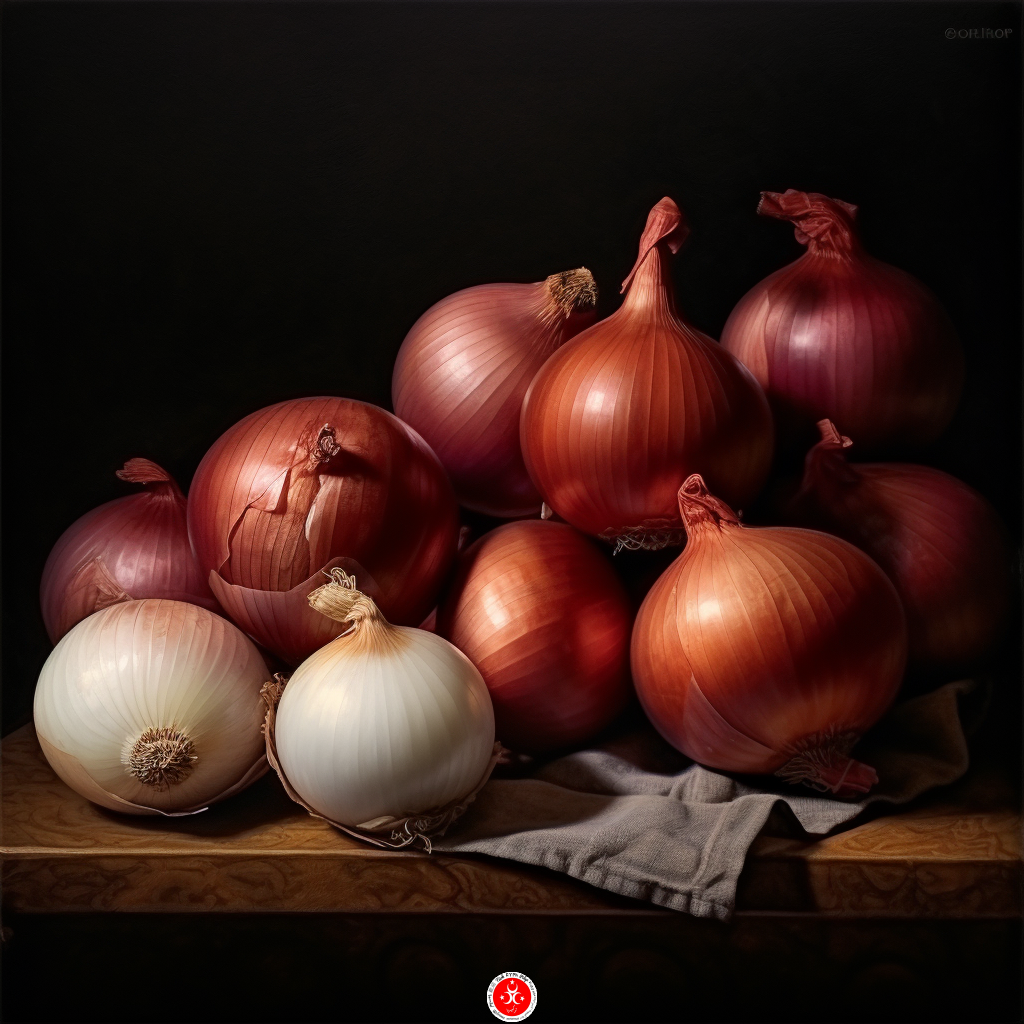
Best Time to Shop
The best time to shop in Turkish supermarkets can vary depending on what you’re looking for. If you’re looking for the freshest produce or bread, early morning is usually the best time. Many supermarkets receive fresh deliveries in the morning, so you’re more likely to find fresh items at this time.
If you’re looking to take advantage of sales, it’s best to shop during the sales seasons which usually start in January and last pretty long, during February and sometimes into March. That differs per shop. The longer you wait the prices go down but the variety of products also decreases.
Understanding Turkish Supermarket Layouts
Turkish supermarkets have a unique layout that may be different from what you’re used to. Generally, fresh produce like fruits and vegetables are located at the entrance. This is followed by aisles of dry goods, canned goods, and household items. The back of the store typically houses the dairy and meat sections.
Understanding this layout can help you navigate the supermarket more efficiently and find what you’re looking for more quickly.
Payment Methods in Turkish Supermarkets
When it comes to payment methods in Turkish supermarkets, you have several options. Credit and debit cards are the most popular payment methods in Turkey. However, cash is still widely used, despite the rise of digital payments.
In addition to credit, debit cards, and cash, other payment methods such as bank transfers, digital wallets, and QR codes are also becoming more popular. It’s also worth noting that many supermarkets in Turkey have their own loyalty programs, which can offer additional benefits and discounts to customers.

Comparing Turkish Supermarkets vs European Supermarkets
| Aspect | Turkish Supermarkets | European Supermarkets |
|---|---|---|
| Layout | Fresh produce at the entrance, followed by dry goods, canned goods, and household items. Dairy and meat sections are usually at the back. | Layout can vary, but many have fresh produce near the entrance, followed by bakery, canned and dry goods. Dairy, frozen foods, and meat are often on the perimeter. |
| Product Range | Wide range of local products, including Turkish delight, baklava, olives, and Turkish coffee. International products are also available. | Wide range of local and international products. Some supermarkets may have a greater variety of international foods. |
| Prices | Generally affordable. Prices for fresh produce can be particularly low. | Prices can vary widely depending on the country and the specific supermarket chain. |
| Shopping Culture | Shopping is a social activity. Many Turks shop daily for fresh items. | Shopping frequency can vary. Many Europeans shop weekly. |






